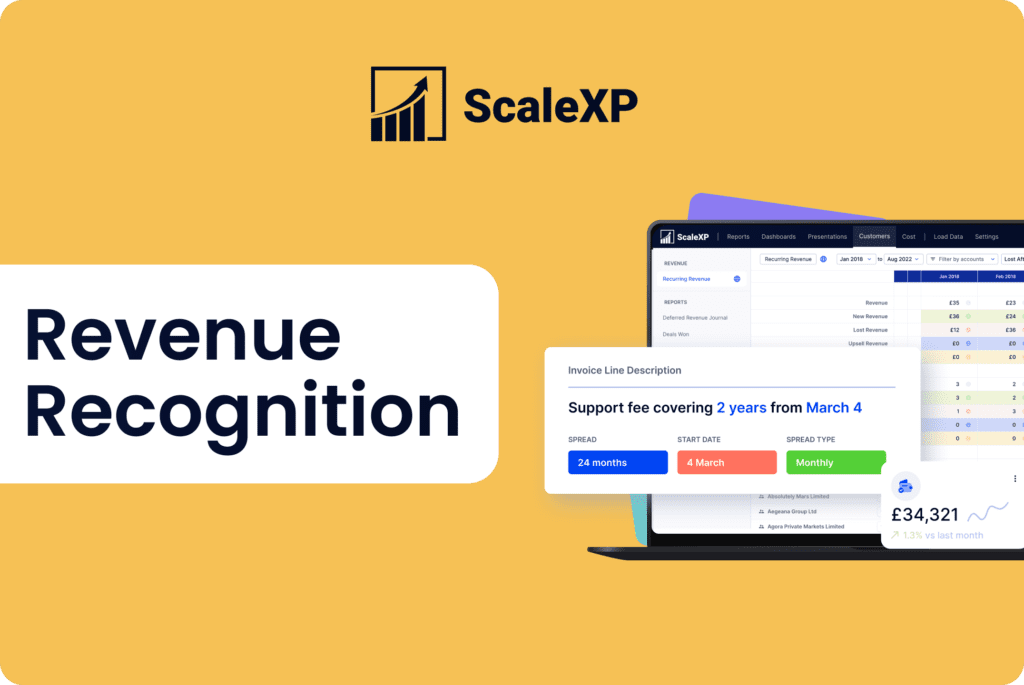Introduction
Within financial management, prepayments play a crucial role in ensuring accurate and efficient accounting. Prepayments, also known as deferred expenses, are payments made in advance for goods or services that will be received in the future. Managing prepayments effectively is essential for maintaining accurate financial records and optimising cash flow. In this article, we will explore the best ways to streamline your prepayments handling, utilising prepayments accounting, prepayments software, and prepayments automation.
Understanding prepayments
Before delving into streamlining techniques, it’s important to grasp the concept of prepayments. Prepayments occur when a company pays for goods or services before they are consumed or utilised. These typically include expenses such as rent, insurance premiums, and subscriptions. Properly accounting for prepayments is essential to avoid distorting financial statements and misleading stakeholders. By understanding the nature of prepayments, you can take the first step toward effective management.
Implementing prepayments accounting
Accurate prepayments accounting is the foundation of efficient handling. Here’s how you can optimise your prepayments accounting process:
- Amortisation – Instead of recording prepayments as an expense all at once, amortise them over the relevant period. This approach aligns expenses with the time frame during which the benefits are realised.
- Regular reconciliation – Regularly reconcile prepayments accounts to ensure accurate balances and identify any discrepancies promptly.
Leveraging prepayments software
Today, specialised software like ScaleXP’s prepayments solution can greatly simplify prepayments management. Consider the following advantages of using prepayments software:
- Centralised tracking – Prepayments software allows you to track and manage prepayments from a single, centralised platform. This enhances visibility and reduces the chances of errors.
- Automation – Many prepayments software solutions offer automation features such as automated journal entries for amortisation. This reduces manual workload and enhances accuracy.
- Reporting and analytics – Integrated prepayments software allows detailed reports and insights on your prepayments alongside other key financial information, enabling informed decision-making and strategic planning.
Embracing prepayments automation
Automation is a game-changer when it comes to prepayments handling. Here’s how you can embrace prepayments automation:
- Integration – Integrate prepayments software with your existing financial systems to create a seamless workflow and minimise data entry.
- Automation – Automate identification of prepayments required and associated journal entries.
Conclusion
Effectively managing prepayments is integral to maintaining accurate financial records and optimising cash flow. By understanding the nature of prepayments, implementing proper accounting techniques, leveraging specialised software, embracing automation, and conducting regular audits, you can streamline your prepayments handling process.
This not only enhances efficiency but also provides you with the necessary insights to make informed financial decisions. As you take steps to streamline your prepayments handling, you’ll be better equipped to navigate the complex landscape of financial management with confidence.
If you’d like to find out more about how ScaleXP can help you automate your prepayments, book your free demo here.





